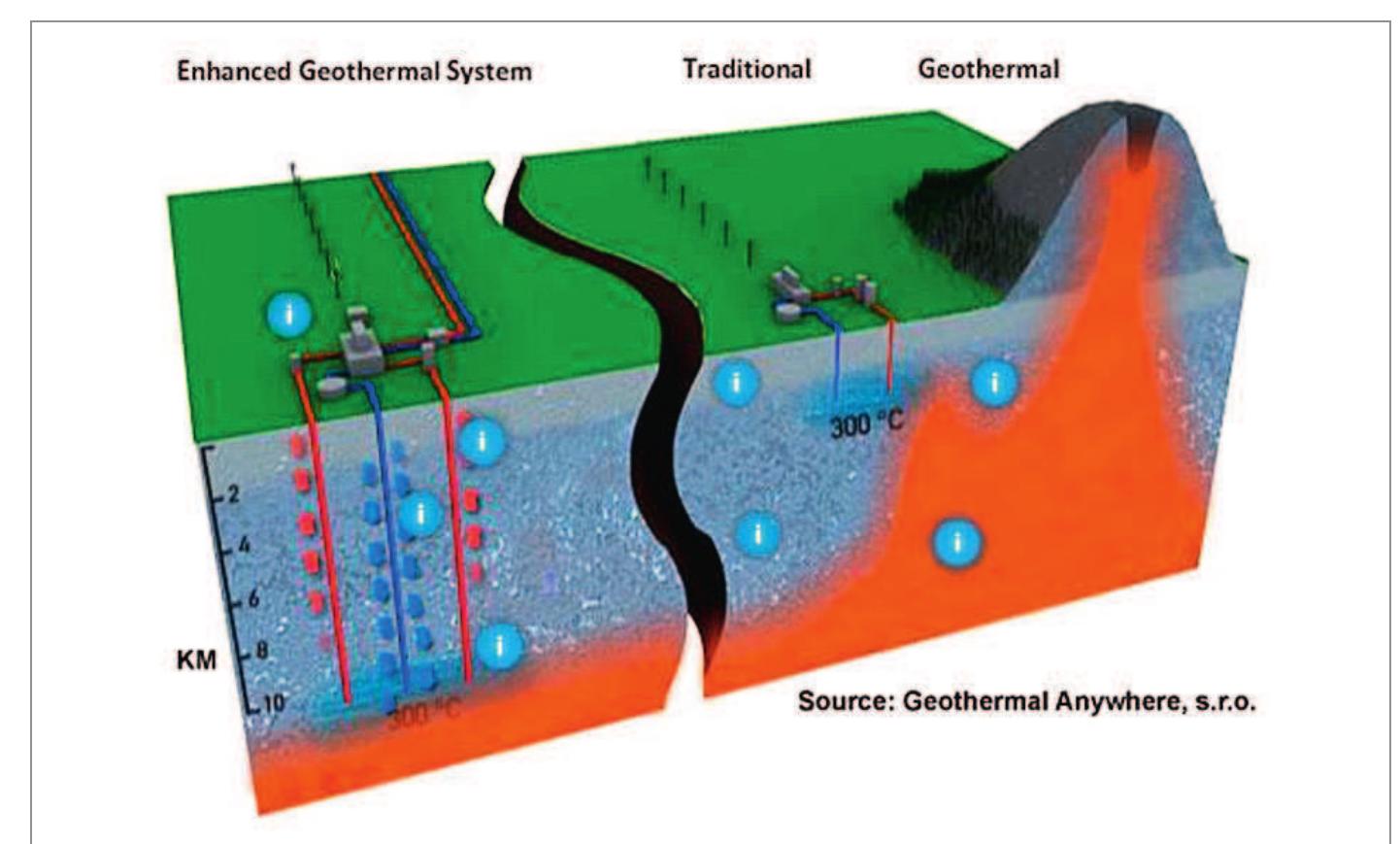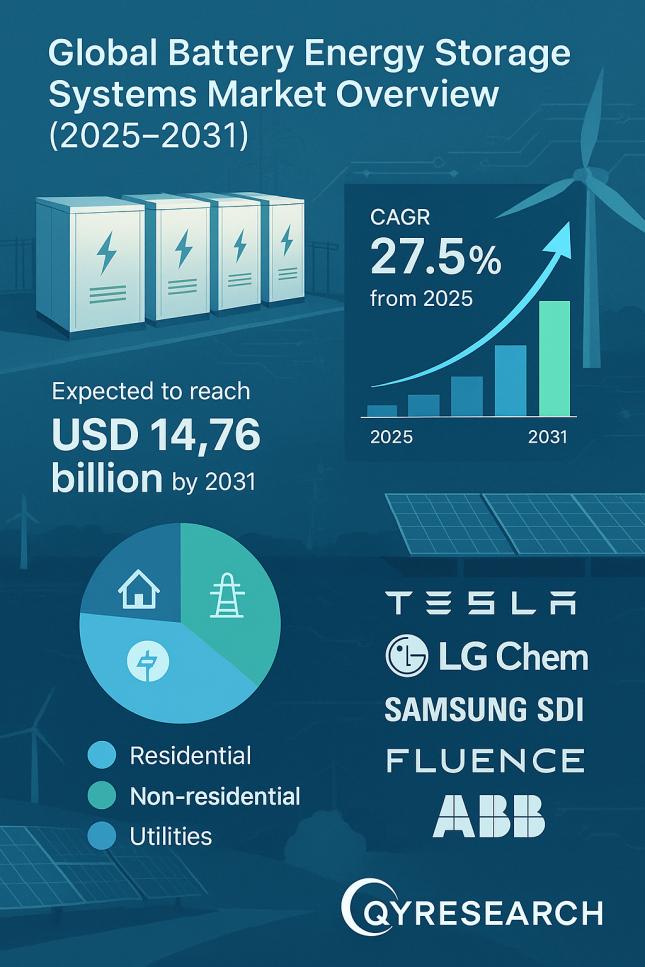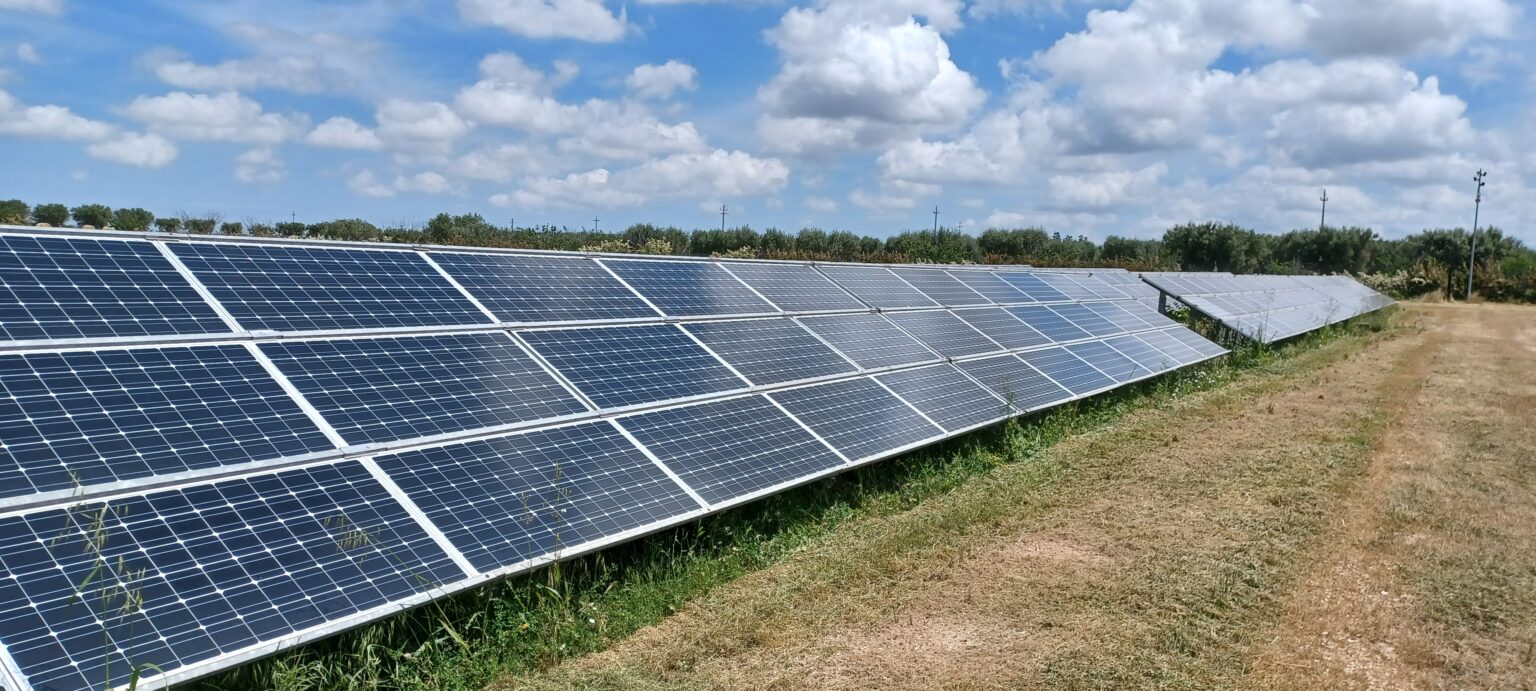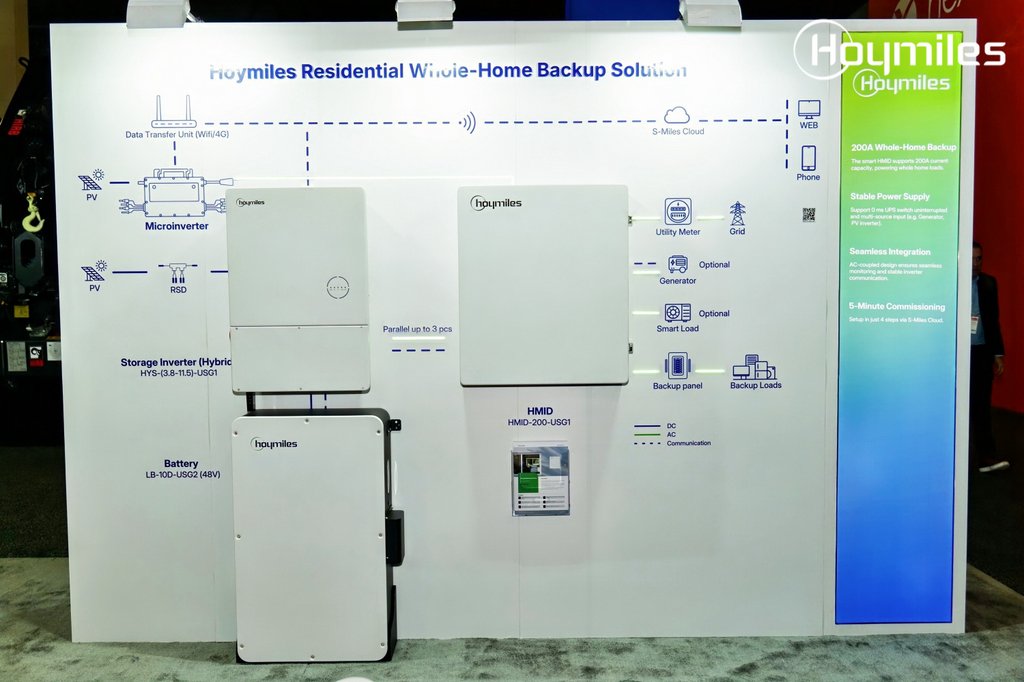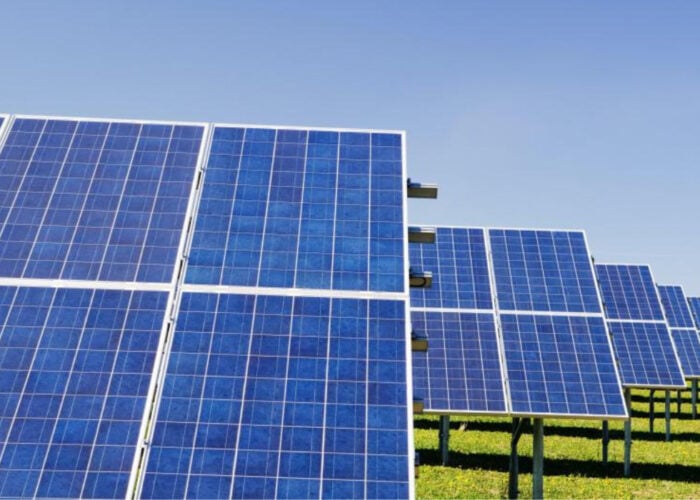Report on Solar-Powered Lunar Water Extraction and its Alignment with Sustainable Development Goals
Executive Summary
A research initiative funded by the National Aeronautics and Space Administration (NASA) and conducted at the Georgia Institute of Technology has developed a novel method for extracting water from lunar regolith. The project, detailed in the journal Acta Astronautica, utilizes concentrated solar power to access water ice in permanently shadowed craters. This technology is crucial for In-Situ Resource Utilization (ISRU), enabling the production of hydrogen and oxygen for propulsion fuels. The methodology and its objectives align strongly with several United Nations Sustainable Development Goals (SDGs), particularly in the areas of clean energy, innovation, and sustainable resource management.
Technological Framework and ISRU Strategy
The project addresses the challenge of accessing water ice located in deep, permanently shadowed lunar craters where direct sunlight cannot reach. The proposed solution leverages the Moon’s most abundant energy resource—unattenuated solar irradiation.
- Energy Source: The system utilizes concentrated solar power, a key technology for SDG 7 (Affordable and Clean Energy).
- Methodology: Heliostats (solar concentrating mirrors) are positioned on crater rims to capture and redirect sunlight.
- Energy Delivery: The concentrated solar irradiation is beamed into the shadowed crater, focusing on a mobile solar receiver partially embedded in the icy regolith.
- Extraction Process: The receiver absorbs the solar flux and conducts heat into the subsurface, causing the water ice to sublimate. The resulting water vapor moves through pressure gradients to the surface for collection.
Experimental Validation and Key Findings
Laboratory-scale experiments were conducted under simulated lunar conditions (vacuum/cryogenic) to validate the concept. The findings provide critical engineering data for the design of future lunar water extraction systems.
- Superior Efficiency of Indirect Heating: The use of an embedded, indirect solar receiver increased water yield by an average of 18.7% compared to direct irradiation of the surface. This highlights an innovation that improves resource utilization efficiency, contributing to the principles of SDG 9.
- Optimal Heating Rate: An inverse relationship was discovered between heating rate and extraction efficiency. Slower, lower-intensity heating allowed for deeper thermal penetration, yielding more consistent water extraction and preventing the formation of an insulating desiccated layer.
- Energy Requirements: The energy needed for extraction was quantified, ranging from 24.7 to 37.1 kJ per gram of water removed, establishing a benchmark for future ISRU system designs.
Relevance to Sustainable Development Goals (SDGs)
This lunar resource utilization project serves as an advanced model for sustainable engineering, with direct and indirect contributions to several SDGs.
- SDG 7 (Affordable and Clean Energy): The project is fundamentally based on the application of clean, renewable solar energy, demonstrating its viability in extreme environments and pushing the boundaries of solar technology.
- SDG 9 (Industry, Innovation, and Infrastructure): The development represents a significant leap in technological innovation and the creation of resilient infrastructure for off-world operations. It fosters scientific research and engineering capabilities essential for future industries.
- SDG 6 (Clean Water and Sanitation): While focused on the Moon, the core technology of using solar-thermal energy to extract water from a substrate has potential terrestrial applications for accessing water in arid or remote regions on Earth.
- SDG 13 (Climate Action): By enabling the production of clean hydrogen-oxygen propellant from water using solar power, the project promotes a carbon-free energy cycle, aligning with the global goal of mitigating climate change through cleaner technologies.
- SDG 17 (Partnerships for the Goals): The collaboration between a government agency (NASA) and an academic institution (Georgia Tech) exemplifies the effective partnerships required to achieve complex scientific and sustainable development objectives.
Conclusion
The Georgia Tech research provides a viable and efficient method for lunar water extraction, a critical step toward sustainable, long-term human presence in space. The project’s reliance on clean energy and its focus on efficient resource utilization underscore a strong alignment with the principles of the UN Sustainable Development Goals, demonstrating that sustainable practices are integral to the future of both terrestrial and extraterrestrial exploration.
Analysis of SDGs, Targets, and Indicators
1. Which SDGs are addressed or connected to the issues highlighted in the article?
-
SDG 7: Affordable and Clean Energy
The article focuses on a method that uses concentrated solar irradiation as its primary energy source. This directly relates to the promotion and use of clean, renewable energy technologies.
-
SDG 9: Industry, Innovation, and Infrastructure
The research represents a significant scientific and technological innovation. It describes the development of new infrastructure (heliostats and solar receivers on the Moon) and a novel industrial process (In-Situ Resource Utilization or ISRU) for space exploration, driven by scientific research.
-
SDG 12: Responsible Consumption and Production
The core concept of ISRU is to achieve sustainable and efficient use of natural resources found in-situ (on the Moon). This approach reduces the need to transport resources from Earth, promoting a more sustainable model for space exploration.
-
SDG 17: Partnerships for the Goals
The project is a collaborative effort between a government agency (NASA) and an academic institution (Georgia Institute of Technology), highlighting the importance of partnerships in advancing science and technology.
2. What specific targets under those SDGs can be identified based on the article’s content?
-
Under SDG 7 (Affordable and Clean Energy):
- Target 7.2: Increase substantially the share of renewable energy in the global energy mix. The project relies entirely on solar power, a renewable energy source, showcasing its application in a new and challenging environment.
- Target 7.3: Double the global rate of improvement in energy efficiency. The research explicitly compares the efficiency of two different heating methods, finding that the indirect solar receiver method is more efficient for water extraction.
-
Under SDG 9 (Industry, Innovation, and Infrastructure):
- Target 9.5: Enhance scientific research, upgrade the technological capabilities… and encourage innovation. The article is a direct report on a NASA-funded research project that developed and tested a new technology, published its findings, and provided “engineering data that can guide the design of future water extraction systems.”
-
Under SDG 12 (Responsible Consumption and Production):
- Target 12.2: By 2030, achieve the sustainable management and efficient use of natural resources. The entire ISRU concept detailed in the article is about the efficient extraction and use of lunar water resources to support further exploration, a principle of sustainable resource management.
-
Under SDG 17 (Partnerships for the Goals):
- Target 17.6: Enhance… cooperation on and access to science, technology and innovation. The project is described as a “NASA-funded research team at Georgia Tech,” which is a clear example of a partnership between government and academia to advance scientific innovation.
3. Are there any indicators mentioned or implied in the article that can be used to measure progress towards the identified targets?
-
For SDG 7 Targets:
- Indicator for Target 7.2: The use of concentrated solar power as the sole energy source for the extraction process. The article mentions “Simulated concentrated irradiation from a high-flux solar simulator is used to provided irradiation of 37 or 75 kW/m².”
- Indicator for Target 7.3: The measured increase in efficiency. The article states, “This partly submerged solar receiver increased water yield by an average of 18.7% compared to direct surface heating.” Another indicator is the energy cost of extraction: “The energy needed for extraction was 24.7–37.1 kJ per gram of water removed.”
-
For SDG 9 Targets:
- Indicator for Target 9.5: The existence of the research project and its outputs. This includes the development of the experimental method, the lab-scale setup with a “simulated lunar regolith,” and the publication of the findings in the journal *Acta Astronautica*.
-
For SDG 12 Targets:
- Indicator for Target 12.2: The successful demonstration of an efficient ISRU technique. The data showing that lower, slower heating allowed for deeper penetration and more consistent extraction serves as a metric for optimizing the efficient use of the water-ice resource.
-
For SDG 17 Targets:
- Indicator for Target 17.6: The formal collaboration between the entities involved. The article explicitly identifies the project as “two NASA funded projects at Georgia Institute of Technology led by Thom Orlando.”
4. Summary Table of SDGs, Targets, and Indicators
| SDGs | Targets | Indicators |
|---|---|---|
| SDG 7: Affordable and Clean Energy | 7.2: Increase the share of renewable energy. 7.3: Improve energy efficiency. |
– Use of concentrated solar irradiation (37 or 75 kW/m²). – Increased water yield by an average of 18.7% with the indirect method. – Energy cost of 24.7–37.1 kJ per gram of water extracted. |
| SDG 9: Industry, Innovation, and Infrastructure | 9.5: Enhance scientific research and encourage innovation. | – Development and testing of a novel water extraction system. – Publication of research in the journal *Acta Astronautica*. |
| SDG 12: Responsible Consumption and Production | 12.2: Achieve sustainable management and efficient use of natural resources. | – Development of an In-Situ Resource Utilization (ISRU) method. – Finding that slower heating leads to more consistent and efficient extraction. |
| SDG 17: Partnerships for the Goals | 17.6: Enhance cooperation on science, technology, and innovation. | – The project is a “NASA-funded research team at Georgia Tech,” demonstrating a government-academia partnership. |
Source: solarpaces.org
